Isle of the Lost, the first installment in the Descendants series by Melissa de la Cruz, invites readers into a world where the children of iconic Disney villains navigate their legacies in a dark, isolated realm. Set on the Isle of the Lost, a place where evil has been banished and stripped of its magical powers, the story explores themes of identity, redemption, and the struggle between good and evil.
The narrative centers around Mal, the daughter of Maleficent, who learns of a powerful artifact known as the Dragon’s Eye, hidden within her mother’s scepter. This quest for the Dragon’s Eye serves as the catalyst for the story, drawing in Mal’s friends: Evie, the daughter of the Evil Queen; Jay, the son of Jafar; and Carlos, the son of Cruella de Vil. Together, they embark on a journey that challenges their perceptions of good and evil, ultimately leading them to question their inherited destinies.
One of the most compelling aspects of Isle of the Lost is its exploration of identity and legacy. Each character grapples with the weight of their parentage, which serves as both a burden and a source of strength. Mal, for instance, is torn between her desire to embrace her mother’s dark legacy and her growing inclination towards goodness. This internal conflict is relatable and resonates with readers who may feel pressure to conform to familial expectations. The author skillfully portrays Mal’s evolution from a character steeped in villainy to one who begins to understand the value of friendship and kindness.
Evie, on the other hand, embodies the struggle for self-acceptance. Initially portrayed as superficial and obsessed with beauty, her character development reveals a deeper yearning for genuine connection and self-worth beyond her mother’s expectations. This transformation is particularly poignant, as it highlights the importance of inner beauty and the strength found in vulnerability. Jay and Carlos also contribute to the narrative’s richness, each representing different facets of the struggle against their villainous legacies. Jay’s athletic prowess and Carlos’s intelligence showcase that one’s abilities can be harnessed for good, regardless of their lineage.
The setting of the Isle of the Lost plays a crucial role in shaping the story’s atmosphere. De la Cruz paints a vivid picture of a dreary, oppressive environment that mirrors the characters’ internal struggles. The island is a character in its own right, filled with remnants of the villains’ pasts and the consequences of their actions. This backdrop enhances the sense of isolation and despair that the characters must overcome, making their journey toward self-discovery all the more impactful.
Moreover, the theme of redemption is intricately woven throughout the narrative. As the characters embark on their quest for the Dragon’s Eye, they are confronted with the reality of their choices and the possibility of change. The story suggests that one’s past does not have to dictate their future, a powerful message for young readers. This notion of redemption is particularly relevant in today’s society, where individuals often feel trapped by their circumstances or family histories.
The pacing of the novel is brisk, making it an engaging read for its target audience. De la Cruz’s writing style is accessible, filled with humor and wit that keeps the tone light despite the darker themes. The dialogue is snappy and relatable, capturing the essence of teenage camaraderie and the complexities of friendship. The author’s ability to balance humor with serious undertones is commendable, ensuring that the story remains enjoyable while still imparting valuable lessons.
In terms of character dynamics, the friendships among Mal, Evie, Jay, and Carlos are beautifully portrayed. Their interactions are filled with banter, loyalty, and occasional conflict, reflecting the complexities of adolescent relationships. The camaraderie they share serves as a reminder that true friendship can transcend even the most daunting challenges. This theme is particularly relevant for young readers navigating their own social landscapes, making the characters’ journeys relatable and inspiring.
While Isle of the Lost stands out for its unique premise and character development, it also invites comparisons to other works in the young adult fantasy genre. Books like The School for Good and Evil by Soman Chainani and Heartless by Marissa Meyer similarly explore the complexities of good and evil through the lens of beloved fairy tale characters. However, de la Cruz’s approach is distinct in its focus on the next generation of villains, offering a fresh perspective on familiar narratives. The interplay between legacy and choice is a theme that resonates across these works, but de la Cruz’s characters are particularly relatable in their struggles to forge their own identities.
Overall, Isle of the Lost is a captivating read that successfully combines adventure, humor, and important life lessons. Melissa de la Cruz has crafted a story that not only entertains but also encourages readers to reflect on their own identities and the choices they make. The book serves as a reminder that while our pasts may shape us, they do not define us. With its engaging characters and rich themes, Isle of the Lost is a must-read for Disney fans and young adults alike, inviting them to embrace the complexities of their own stories.
For those interested in exploring this enchanting tale further, you can find it on platforms like Goodreads.
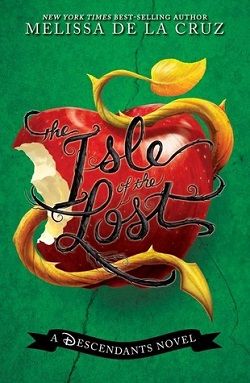




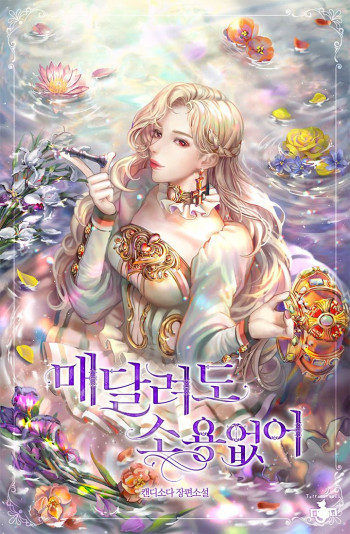
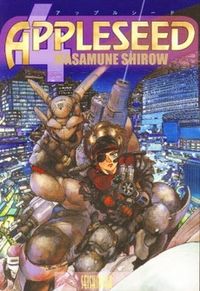
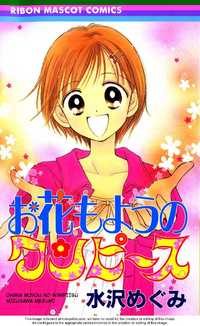
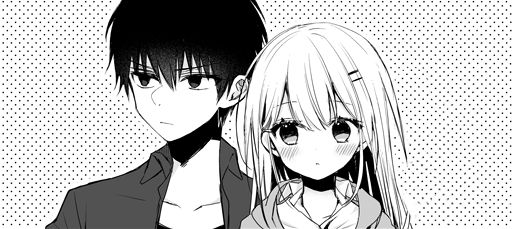


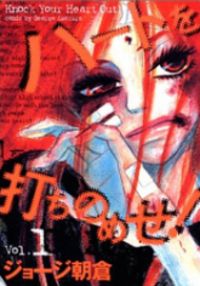
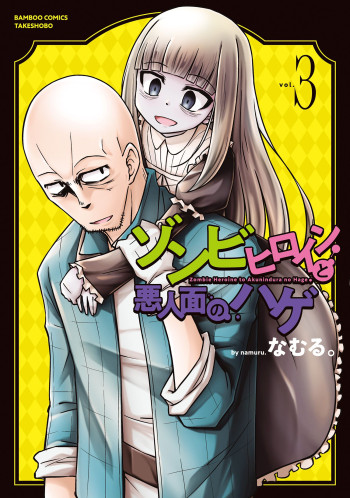
![The Maid’s Secret Tea Recipe for the Prince [Official]](/upload/pic/manga/the-maid---s-secret-tea-recipe-for-the-prince--official-.jpg)










Reviews 0
Post a Reviews: